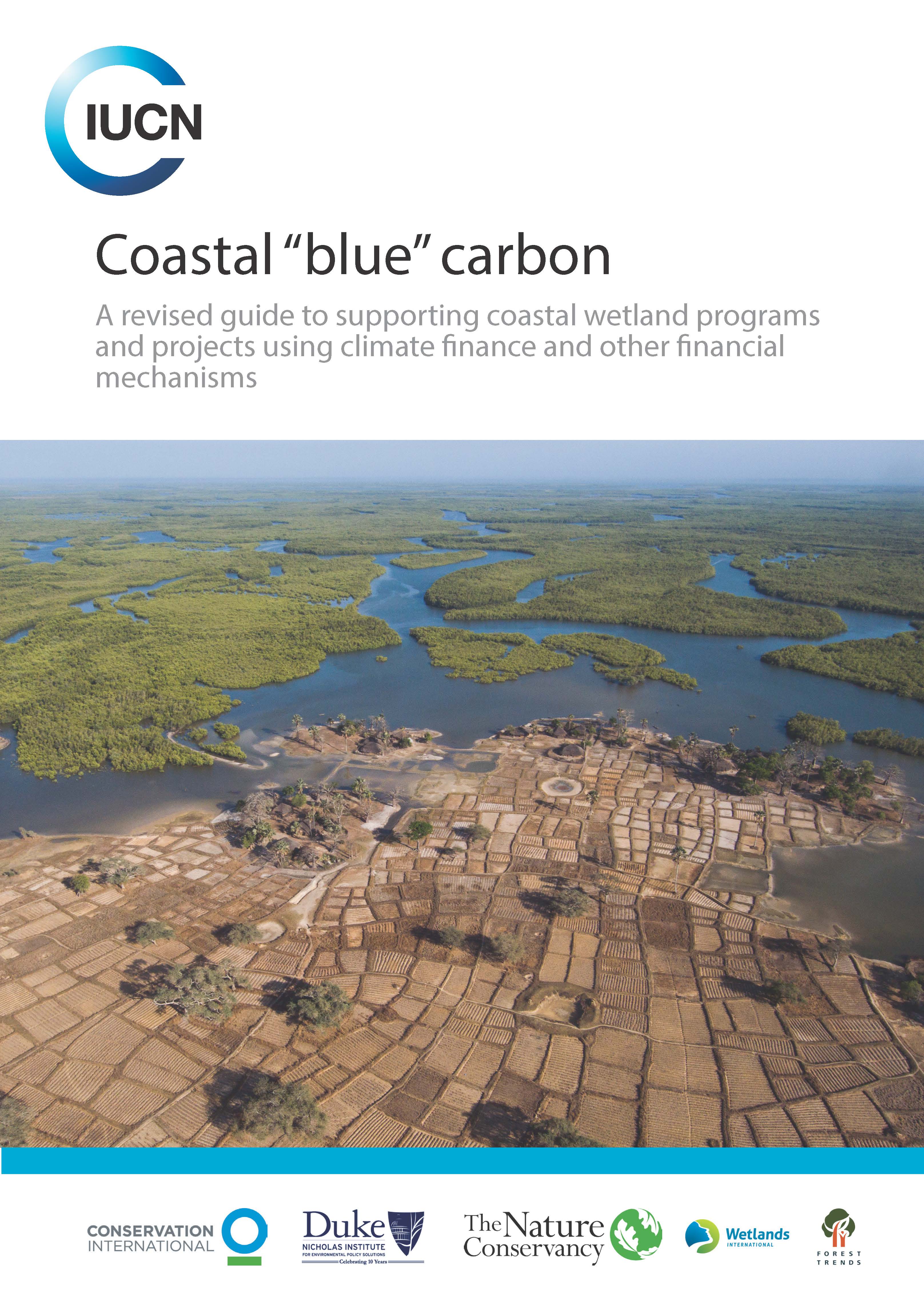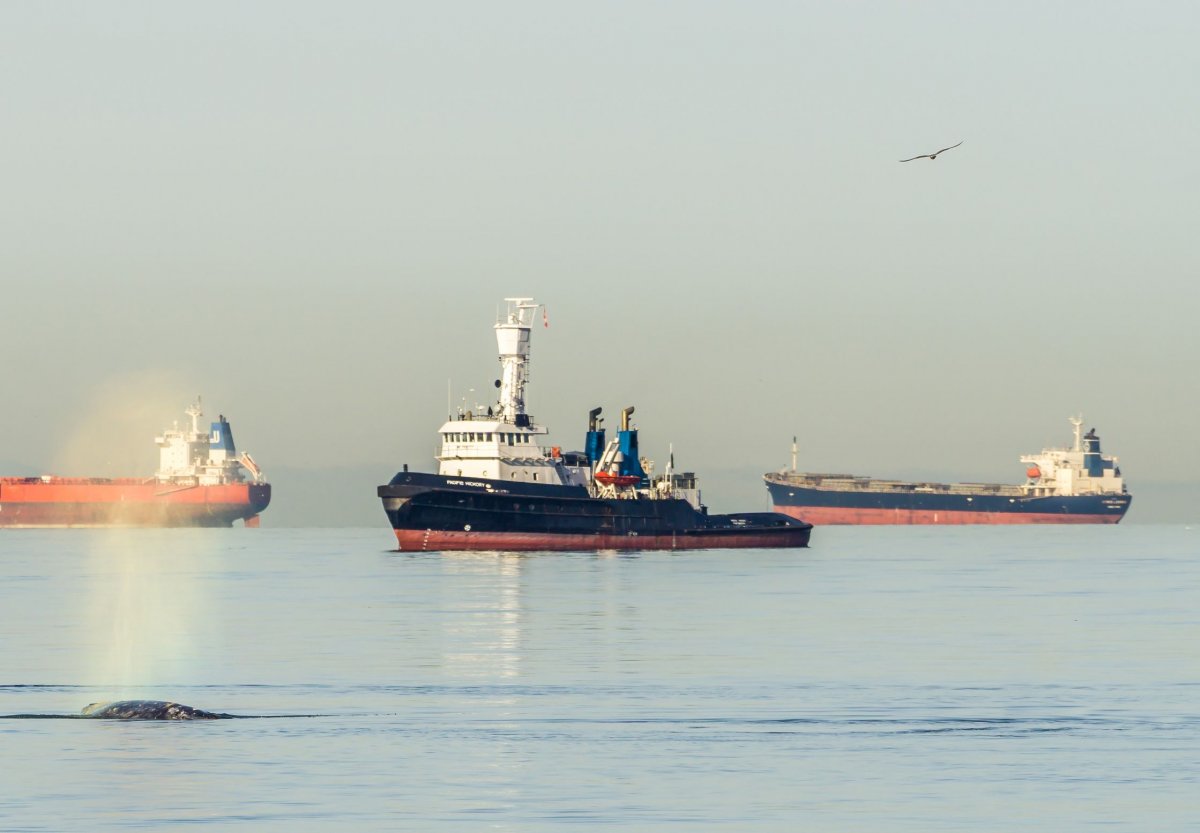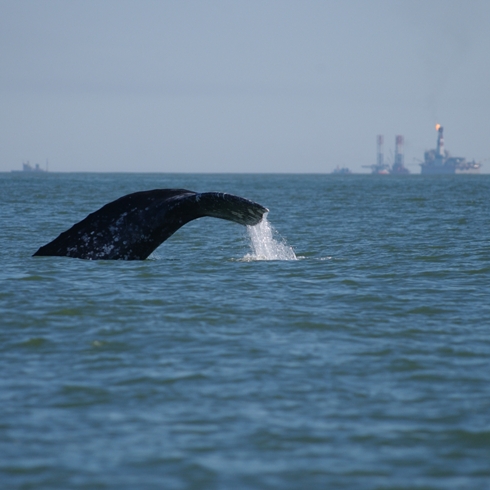Revised guide to supporting coastal wetland programs and projects using climate finance and other financial mechanisms
Coastal wetlands have been the focus of conservation and restoration efforts for over a century with the goal of preserving biodiversity and generating benefits to local communities.

Photo: © IUCN
A diverse portfolio of financing sources has been used for supporting conservation and restoration activities including philanthropy, multi- and bilateral aid, in-country governmental funding, tourism-related and other usage fees, and fees and levies associated with wetlands-centric extractive industries.
More recently coastal wetlands have also been recognized for their carbon storage and sequestration value, and conversely the emissions released when these ecosystems are degraded or destroyed, opening the door for wetland managers to explore funding sources directed towards climate mitigating efforts.
Governments, international actors (NGOs and academia) and local communities around the world are now increasingly supporting coastal wetland restoration and conservation as a climate change mitigation strategy.
Compared to the 2014 report “Keep it Fresh and Salty”, this extended version is emphasizing other finance avenues which can link and complement carbon activities with non-carbon based sources of financing from the coastal and marine angle, such as payments for ecosystem services, the use of insurance schemes or debt-for-nature swaps.
While the extended and updated information available in this report is still relevant for peatlands and other types of carbon-rich freshwater wetlands, this report addresses specific coastal wetland issues for example in the context of Marine Spatial Planning (MSP) and Integrated Coastal Zone Management (ICZM).
Better carbon management of coastal wetlands (mangroves, salt marshes and seagrass meadows) will not only enhance carbon sequestration and avoid greenhouse gas (GHG) emissions, but also provide co-benefits to local communities and biodiversity, creating a win-win.
This has been a joint effort between IUCN, Conservation International, Wetlands International, The Nature Conservancy, Forest Trends and the Nicholas Institute for Environmental Policy Solutions at Duke University with additional expert contributions.



